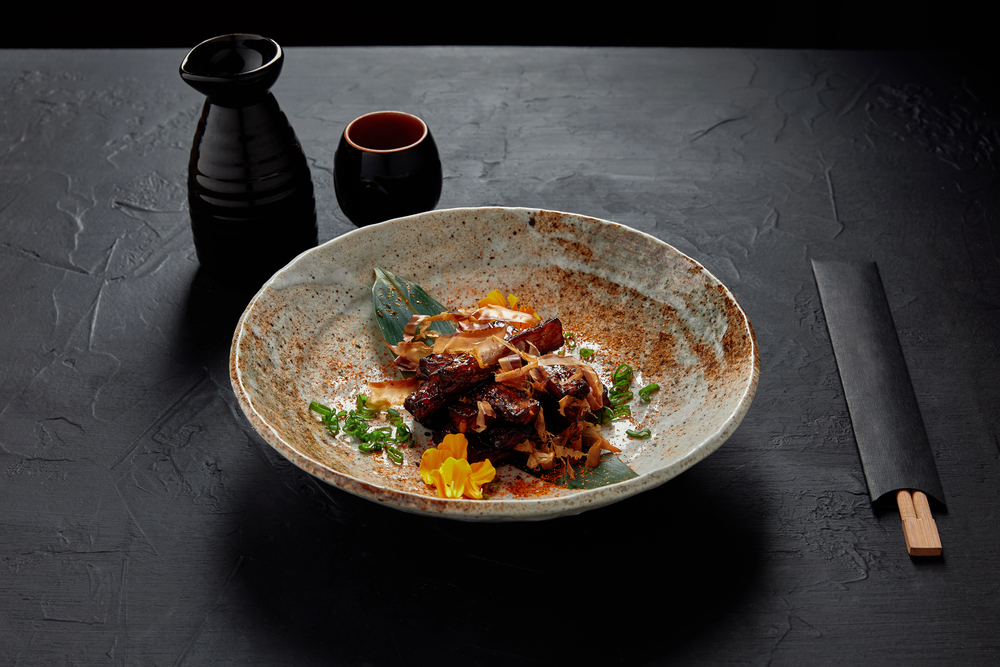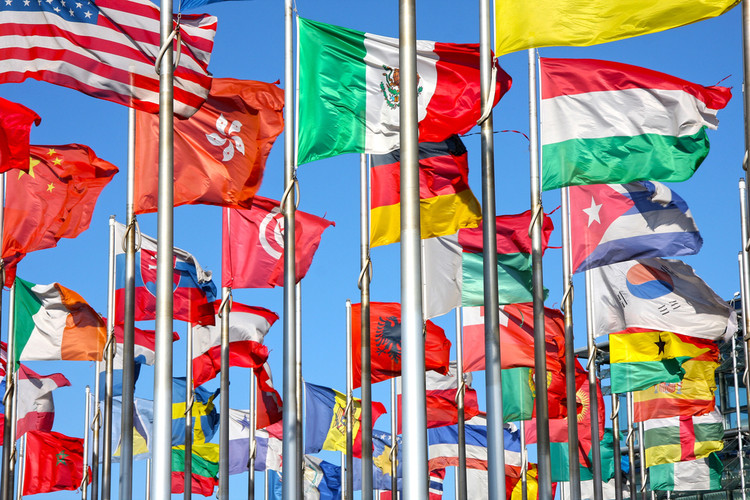What Portion Control Looks Like Around the World
Posted by Portions Master on 7th May 2025
A Global Glimpse at How Different Cultures Serve (and Eat) Smarter
When it comes to food, size does matter, especially when you're trying to stay healthy. The portions we consume aren't just based on hunger; they're shaped by culture, environment, and social norms. In the United States, the "bigger is better" mindset often reigns supreme, but many countries take a radically different approach to how much food ends up on the plate.
So, what can we learn by looking at portion control around the world? A lot, actually.
United States: Supersized and Satisfied?
Let's start with the obvious: portion sizes in America are large, sometimes overwhelmingly so. The average restaurant entrée in the U.S. is more than double the portion size recommended by nutritionists. From bottomless fries to 32-ounce sodas, the culture leans toward value equaling volume. And while that may feel like a good deal, the cost often shows up later, in the form of weight gain, energy crashes, and long-term health issues.
A typical fast food meal in the U.S. often surpasses 1,200 calories, which can easily exceed half of a person's daily needs in a single sitting. Even at home, portions have crept upward, with larger plates and serving bowls making oversized meals seem normal.

Japan: The Art of Smaller, Balanced Meals
In Japan, meals tend to be smaller but highly intentional. Traditional Japanese cuisine is built around multiple small dishes, each offering a different texture, flavor, or nutritional value. There's a strong cultural focus on balance, variety, and presentation. A typical meal might include grilled fish, miso soup, rice, pickled vegetables, and green tea, each served in modest portions.
Portion control in Japan isn't viewed as a restrictive practice but as part of a mindful lifestyle. Eating slowly, savoring flavors, and stopping before feeling overly full are standard habits that promote better digestion and satiety.

France: Indulgence Without Overeating
France is famous for rich, flavorful food, yet the average French person remains relatively slim. One reason is that while the French enjoy indulgent foods, they do so in moderation. Meals are structured, social, and often smaller than their American counterparts.
Portions in France are not only physically smaller, but they're also consumed more slowly, often over multiple courses. Snacking is less common, and eating on the go is rare. The result? A greater sense of satisfaction from smaller amounts of food, and fewer empty calories consumed out of boredom or habit.
Mexico: Family Style, But Balanced
In Mexico, food is often shared family-style, which can encourage larger servings—but traditional meals also have built-in balance. Dishes typically include lean proteins, legumes, fresh vegetables, and corn-based tortillas in relatively small portions. Tacos, for example, are often much smaller than their Americanized versions and are served without excessive toppings or sauces.
The traditional Mexican "comida" is a larger midday meal, while dinner tends to be lighter. This eating schedule aligns well with natural digestion and energy needs throughout the day. However, Western fast food has started to shift some of these habits, leading to larger portions and more processed foods, particularly in urban areas.
India: Diverse, But Naturally Portioned
Indian cuisine varies widely by region, but a traditional Indian thali—an assortment of small servings on a single platter, offers a masterclass in portion control. A typical thali might include rice, chapatis (flatbread), lentils, vegetables, yogurt, pickles, and a small dessert. Each item is served in modest amounts and designed to complement the others, creating a complete, satisfying meal without overloading on any one thing.
Spices play a big role in Indian cooking, adding flavor and satisfaction without extra fat or sugar. Meals are typically eaten seated, with attention and care, reinforcing a mindful relationship with food.
What Can We Learn?
Across cultures, one clear trend emerges: countries that emphasize smaller portions, balanced meals, home cooking, and mindful eating tend to have better health outcomes, even when their diets include carbs, fats, and sweets.
By contrast, Western norms—especially in the U.S.—promote:
- Larger, less balanced portions
- High-calorie, ultra-processed convenience foods
- Fast, distracted eating habits
The good news? These habits can be unlearned. And with the right tools, making better choices becomes simpler.
Bringing Global Wisdom to Your Plate with Portions Master
If you're looking to take control of your portions without feeling restricted, the Portions Master app makes it easy. Inspired by the global principles of balanced, mindful eating, the app helps you:
- Understand your portions through smart photo tracking and AI
- Apply volumetrics to stay full without overeating
- Build long-term habits, not short-term diets
Whether you're trying to eat like the French, balance like the Japanese, or simplify like a traditional Indian thali, the Portions Master app brings those concepts to life in a way that fits your daily routine—wherever you are in the world.
Start using Portions Master today, and take the first step toward a healthier, more balanced relationship with food.

